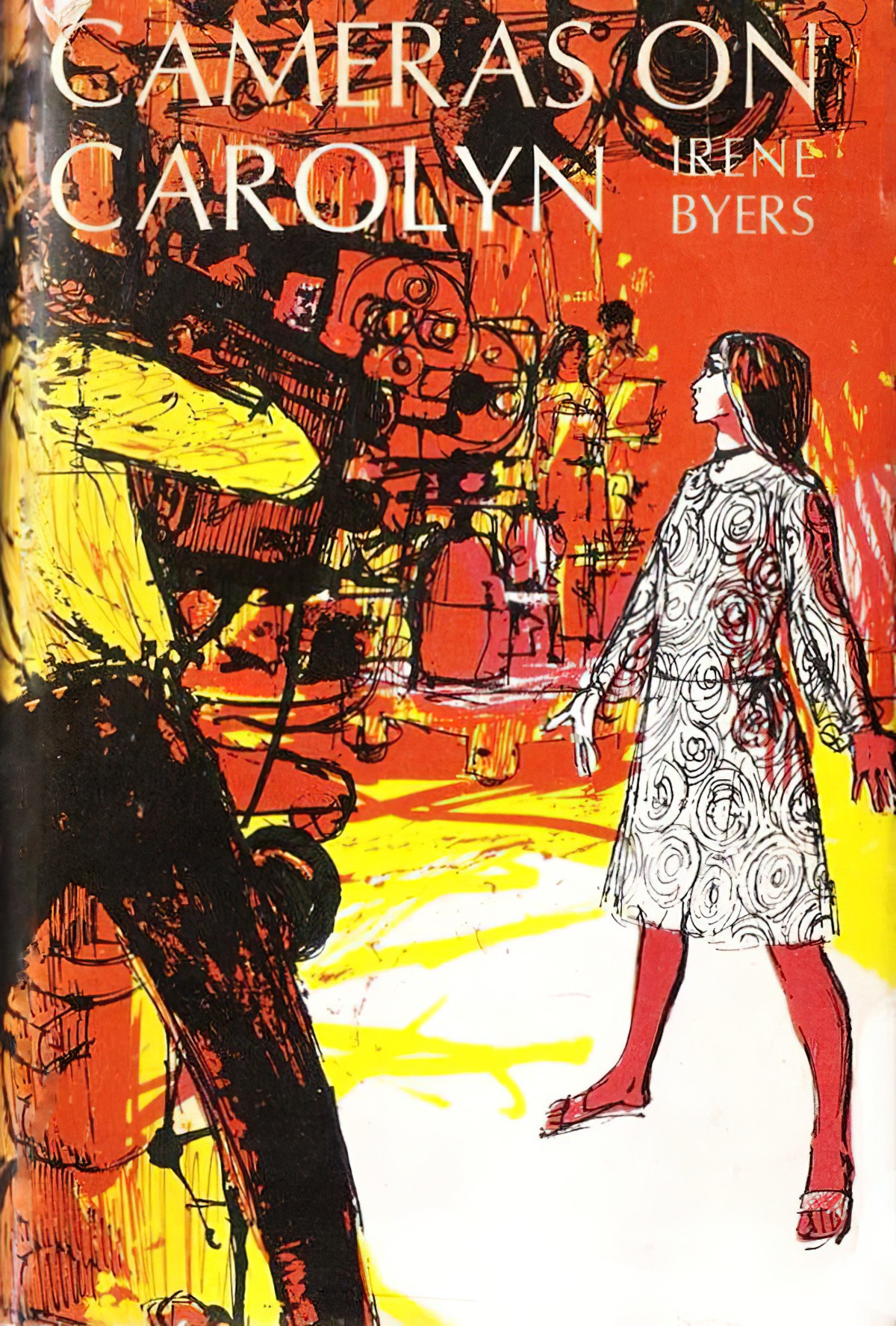The invention of cameras was a boon for storytellers. Writers and film directors have this new narrative tool — in the shape of a camera — which allows them to play around with perspective, to use as a metaphor and as a way to explore death. (No kidding. Read on!)
THE CAMERA FIEND TROPE
Some characters use a camera. These characters love their camera. They’ll have the device with them everywhere they go and they’ll use it well, usually sticking it in the most unwelcome of places – they’ll take the most inane pictures they can, record everything they see or all of the above (maybe even at the risk of life or limb). Something embarrassing happens? They’ll snap a shot. Important plot event? They caught it on tape. You can always expect this character to wear their camera on their sleeve for any important or non-important moment that may arise, probably becoming uncomfortable without the object at near. It’s possible that they derive some kind of strange pleasure from watching people, though its best not to get into that.
TV Tropes
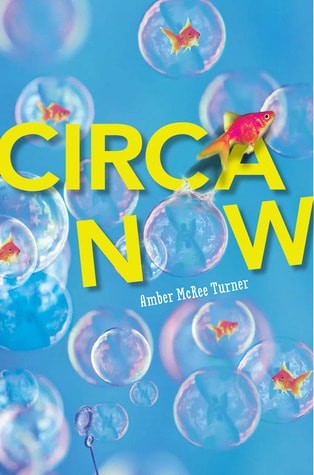
Twelve-year-old Circa Monroe has a knack for restoring old photographs. It’s a skill she learned from her dad, who loves old pictures and putting fun digital twists on them. His altered “Shopt” photos look so real that they could fool nearly anybody, and Circa treasures the fun stories he makes up to explain each creation.
One day, her father receives a strange phone call requesting an urgent delivery, and he heads out into a storm. The unimaginable happens: a tornado, then a terrible accident. Just as Circa and her mom begin to pick up the pieces, a mysterious boy shows up on their doorstep, a boy called Miles who remembers nothing about his past. The only thing he has with him is the photograph that Circa’s dad intended to deliver on the day he died.
As Circa tries to help Miles recover his identity, she begins to notice something strange about the photos she and her father retouched-the digital flourishes added to the old photos seem to exist in real life. The mysteries of the Shopt photos and Miles’s past are intertwined, and in order to solve both, Circa will have to figure out what’s real and what’s an illusion.
Why have photography hobbyists become such a popular trope, especially in young adult novels?
Photography affords YA novelists an opportunity to explore the relationship between agency, death and discourse. […] Novels that employ photography create many opportunities for characters to explore metaphorically the relationship between subject and object, between acting and being acted upon.
Roberta Seelinger Trites, Disturbing The Universe
Death In Children’s Literature
Seelinger Trites works with the theory that death and narrative structure are linked.
[Many YA] novels employ photographing protagonists as metaphors for the relationship between power and agency. The metaphor of the camera bestowing upon the photographer a sense of empowerment based on the communicative abilities of photographs occurs often in literature.
Roberta Seelinger Trites, Disturbing The Universe
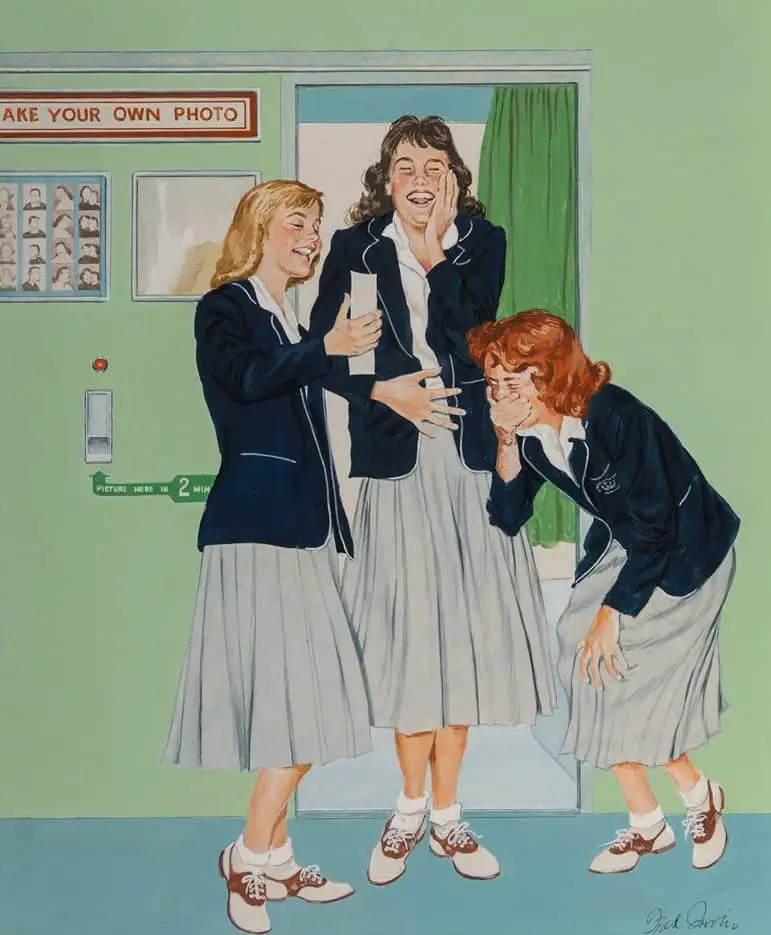
As examples, Seelinger Trites analyses the following:
- A Summer to Die by Lois Lowry (1977)
- Witch Baby by Francesca Lia Block (1991)
- Spite Fences by Trudy Krisher (1994)
Now that cameras are ubiquitous, it’s no surprise photography has become increasingly common in stories for YA. More modern examples (created after Seelinger Trites wrote Disturbing The Universe):
- Me and Earl and the Dying Girl — the viewpoint character makes experimental short movies — Lowry’s A Summer To Die sounds like it might have been the mother of Jesse Andrews’ novel. Both are about teenagers standing nearby as another teenager dies.
- The Secret History Of Us by Jess Kirby — the viewpoint character has lost her memory in an accident. Photographic evidence helps her to work out the mystery of what happened to her and provokes the return of certain memories.
- The Girl With Glass Feet by Ali Shaw — a love story about a shy photographer and a girl who is slowly turning into glass.
- Hold Still by Nina LaCour — photography is a means of expression for Caitlin, functioning kind of like a diary
- Flash Burnout by L.K. Madigan — When Blake snaps a picture of a street person for his photography homework, he never dreamed that the woman in the photo was his friend Marissa’s long-lost meth addicted mom. The flash is especially metaphorical: “You got too close to the subject. So the flash overexposed her.”
Photographers as main characters aren’t limited to YA by any means — Nora Roberts likes a photographer as character. Search on Goodreads for a list of novels with characters who love photography.
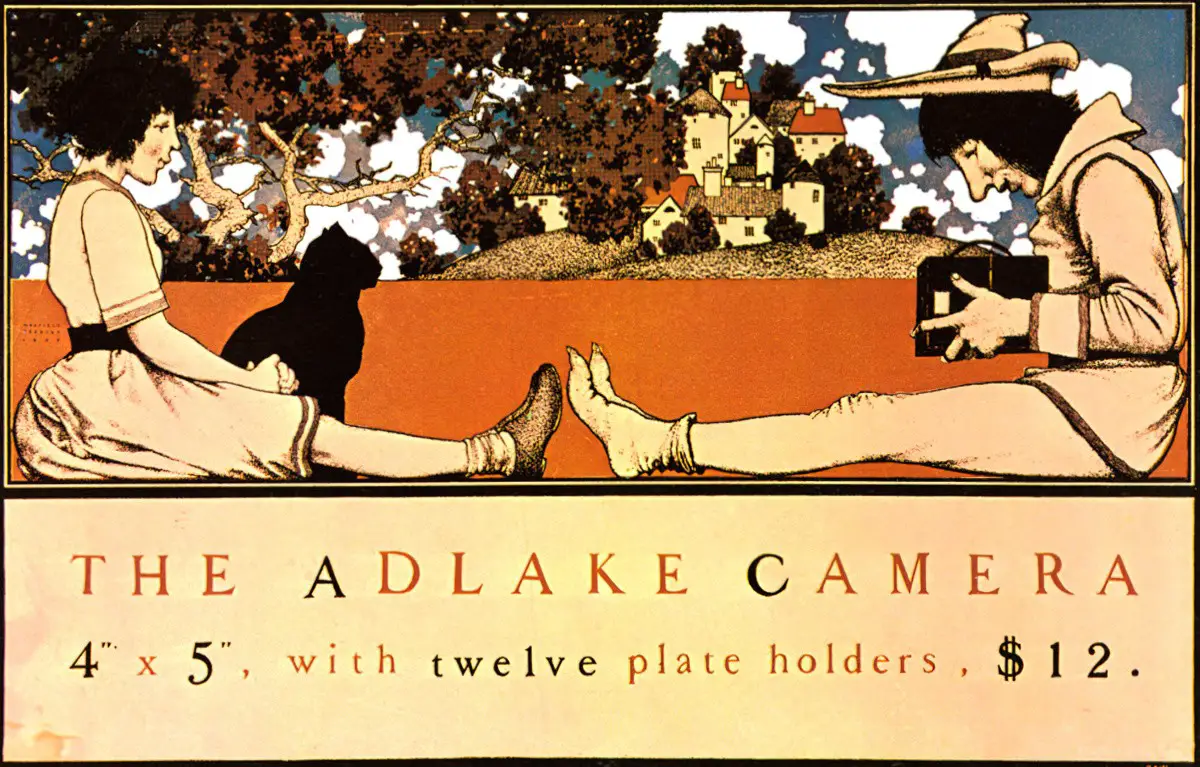
CAMERA AS AGENCY IN YA LITERATURE
Seelinger Trites explains that photography has a specific function in YA, and the pattern is repeated. The camera is a ‘metaphorical representation for achieving agency’. When you’re on the snapping side of the camera you are no longer the object. You’re in control. You’re the one doing the observing, the judging. In a photography narrative, the main character becomes more and more aware of their own agency. That’s the character change.
Pictures are important not so much in and of themselves but for what they teach the adolescent, especially as they become repeated artifacts that allow the character to witness the same scene during several different points in her or his development.
Roberta Seelinger Trites, Disturbing The Universe
[The] need to recognize one’s own agency is a central pattern of adolescent literature; we achieve adulthood more comfortably if we recognize that we have some control over the various subject positions we occupy than if we feel entirely like objects, pawns, in other people’s movements. But conversely, maturity also depends on our ability to maintain, when necessary, an object position, for we are all objects of the cultural forces that constantly shape us. Again, the relationship between subjec and object is a fluid one, but gaining an increased understanding of one’s power as an acting subject is inevitable during maturation.
Roberta Seelinger Trites, Disturbing The Universe
SUSAN SONTAG ON CAMERAS
In 1977, Susan Sontag produced a collection of essays On Photography. It’s pretty famous. Points especially relevant to YAL:
- In their ubiquity and passivity, photographs can become a source of aggression.
- Cameras can create a sense of vicariousness that may also sanction the photographer’s non-intervention in painful issues.
- For characters who take pictures instead of becoming involved, photography can become a source of complicity, a way to approve tacitly that which they may not otherwise be able to change.
- Cameras serve to both empower and disempower adolescents’ agency.
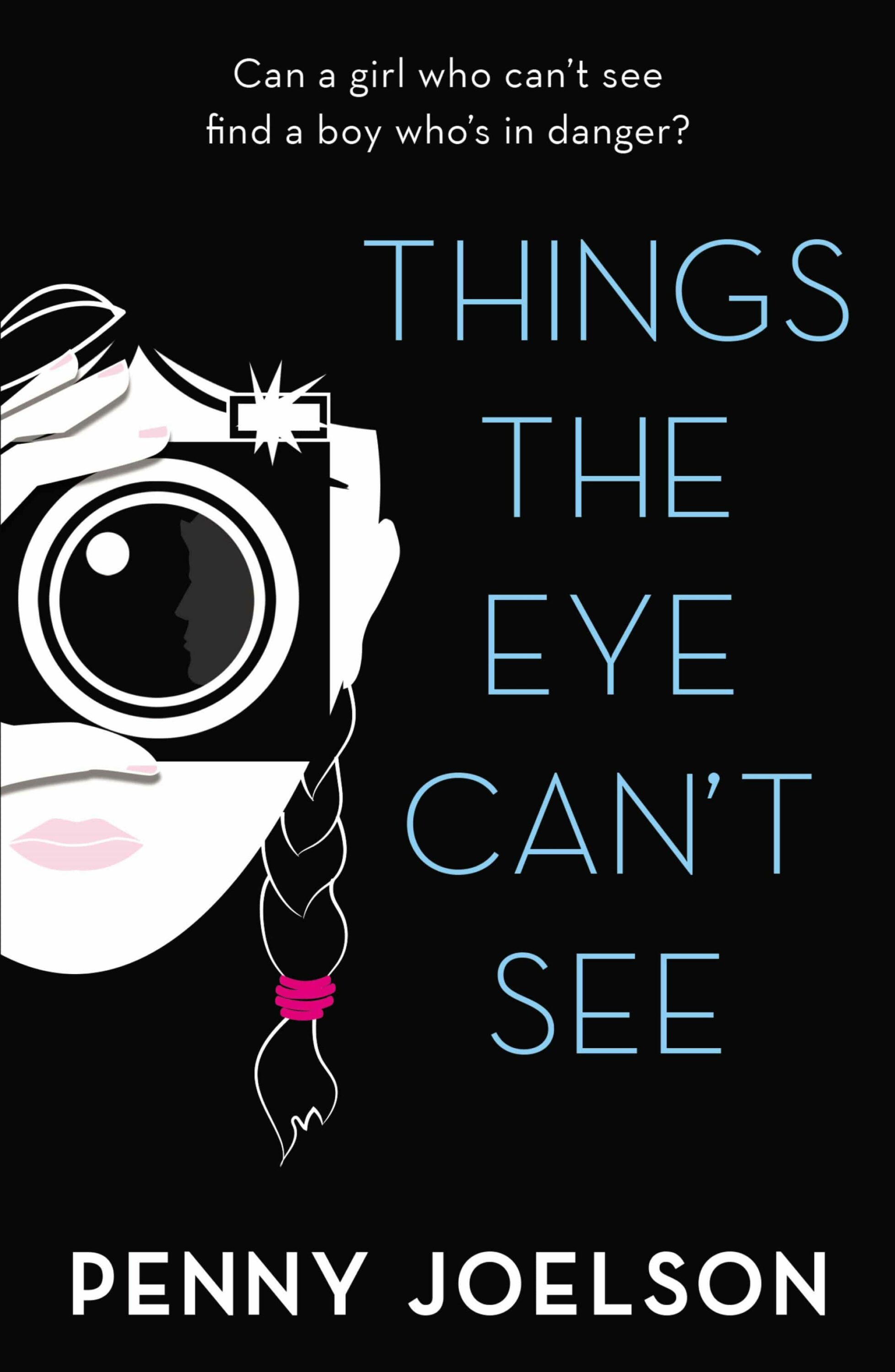
A chance meeting and a secret message drags Libby into a thrilling mystery, but no one believes she can spot the clues. Can she make them realise what she is really capable of, before it’s too late?
Libby is visually impaired but that doesn’t stop her being a keen photographer. She loves going out walking with her guide dog, Samson, and taking photos, but her family worry about her – and Libby wishes she could be more independent.
The day that the boy gives her a secret note to deliver changes everything. Because soon after, the boy goes missing, and no one – except Libby and her new friend Kyle – thinks there is anything to worry about.
Libby knows there’s no way her parents would let her get involved. But what if she’s the only person who can solve the mystery? What if one of Libby’s photos holds a clue?
CAMERAS IN MIDDLE GRADE FICTION
Until recently, regular kids didn’t have access to cameras. Now every adult carries a camera in their pocket and we give our older models to our kids. Kids take photos now. Perhaps this is part of the reason photography as a metaphor has come down into MGL.
Though this novel wasn’t originally written for children, the camera plays a starring role in Wolf Hollow by Lauren Wolk, in which the town vagabond is entrusted with a camera which has been won — along with a lifetime’s supply of film — by the main character’s family. When I read this story I assumed the camera had been included for the sake of the plot, even though the setting is based on the author’s own grandparents’ farm, but as it turns out they really did win a lifetime’s supply of photos after the war, when film and development was very expensive. In Wolf Hollow Toby is a what TV Tropes refers to as a ‘camera fiend’.
The reason I assumed the camera was a plot device is because it’s a very good one. When a story is written using anything other than an omniscient viewpoint, a camera can offer insights and evidence concerning happenings outside the realm of the characters’ knowledge. In this MG novel, the camera isn’t really used as part of the main character’s change to someone with agency, but as part of the mystery plot. Mystery writers must come up with various ways their young characters can solve mysteries — talking to adults, keeping watch from the shadows and finding evidence such photos are common tricks.
See also Journey by Patricia McLachlan (1991), which won the Newbery Medal.
CAMERA AS TRUTH-TELLER
It is generally assumed in story that the camera does not lie. While this has been true until recently, that’s changing. We’re yet to see many stories come through — at least for younger children — which make use of the fact that photos can be easily doctored by anyone with appropriate software. I predict ‘fake news’ as a huge theme in YA fiction in the coming years.
CAMERA AS SOURCE OF AGGRESSION
There are definitely camera as gun elements to Wolk’s Wolf Hollow, in which Toby is hunted as wolf while he in turn is only as dangerous as a camera, shooting nothing more than photos.
In Surfacing, Margaret Atwood also uses the camera as a stand-in for a gun. It’s handy that in English the word ‘shoot’ is used for both taking a photo and using a gun. Cameras are a recurring motif throughout Atwood’s work.
Note that when we say ‘camera as gun’ we are talking about the invasive nature of cameras. When you have a camera pushed into your face without your consent, and when the photos of you are seen by others without your consent, this is invasive.
It is a superstition of many Real Life religions and cultures that cameras and photography are harmful, with many believing that being photographed may steal their soul and taking great pains to avoid it (This is ostensibly the Soul Jar variant of the Phantom Zone Picture).
Magical Camera
FANTASY CAMERAS
Absent from classic fairy tales: Cameras. Tales as collected by Grimm are not about self-reflection. Characters don’t grow. They exist as archetypes. Fairy tales are told by an unseen omniscient narrator, avoiding the more modern narrative tricks.
But there is a fairytale camera equivalent, I believe, and that is the mirror. When Snow White’s mother asks the mirror to educate her on the fairest in the land, she knows and we know that it is telling her the truth. (Mirrors aren’t known for their diplomacy, and nor are cameras.)
In Northern Lights (The Golden Compass), Philip Pullman creates a fantasy world with a palimpsest of our real world — Oxford, Whitehall, Lapland, Berlin. Accordingly, he includes fantasy elements which are connected to real world technologies. Early in the story we see the Scholars — with Lyra hidden in the wardrobe — showing what Pullman calls ‘photograms‘ from an expedition to the North. These photograms are in black and white, in keeping with the olde worlde feel of Oxford and the patriarchal set up depicted. Some of the photos from the expedition have been developed using the normal emulsion, but some of them have been developed using ‘special emulsion’. This reveals a different landscape altogether — the Scholars and Lyra can now see a hidden city, existing in a world separate but connected from our own.
A photogram is not something entirely made up by Pullman. It is a picture produced with photographic materials, such as light-sensitive paper, but without a camera. How do you take a photo without a camera, you might ask? By placing objects directly onto the surface of a light-sensitive material such as photographic paper and then exposing it to light.
Later the word ‘photogram’ was used to refer to the earliest photographs. The word has now fallen out of use.
In fantasy, a variety of tools can be used for the purpose of seeing into a parallel, magical world. In The Spiderwick Chronicles, Holly Webb invents a ‘seeing stone’ which allows the main characters to see hobgoblins in the garden.
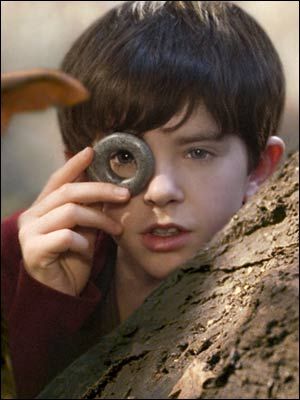
CAMERAS IN THE HORROR GENRE
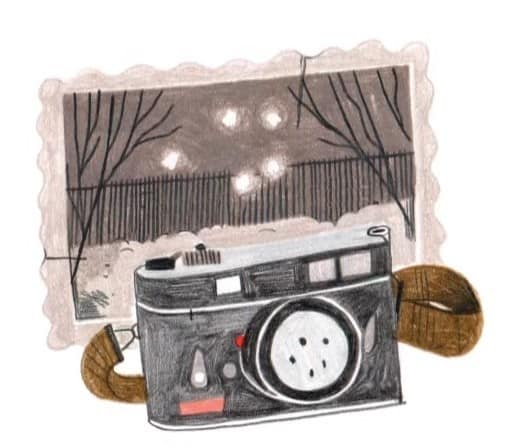
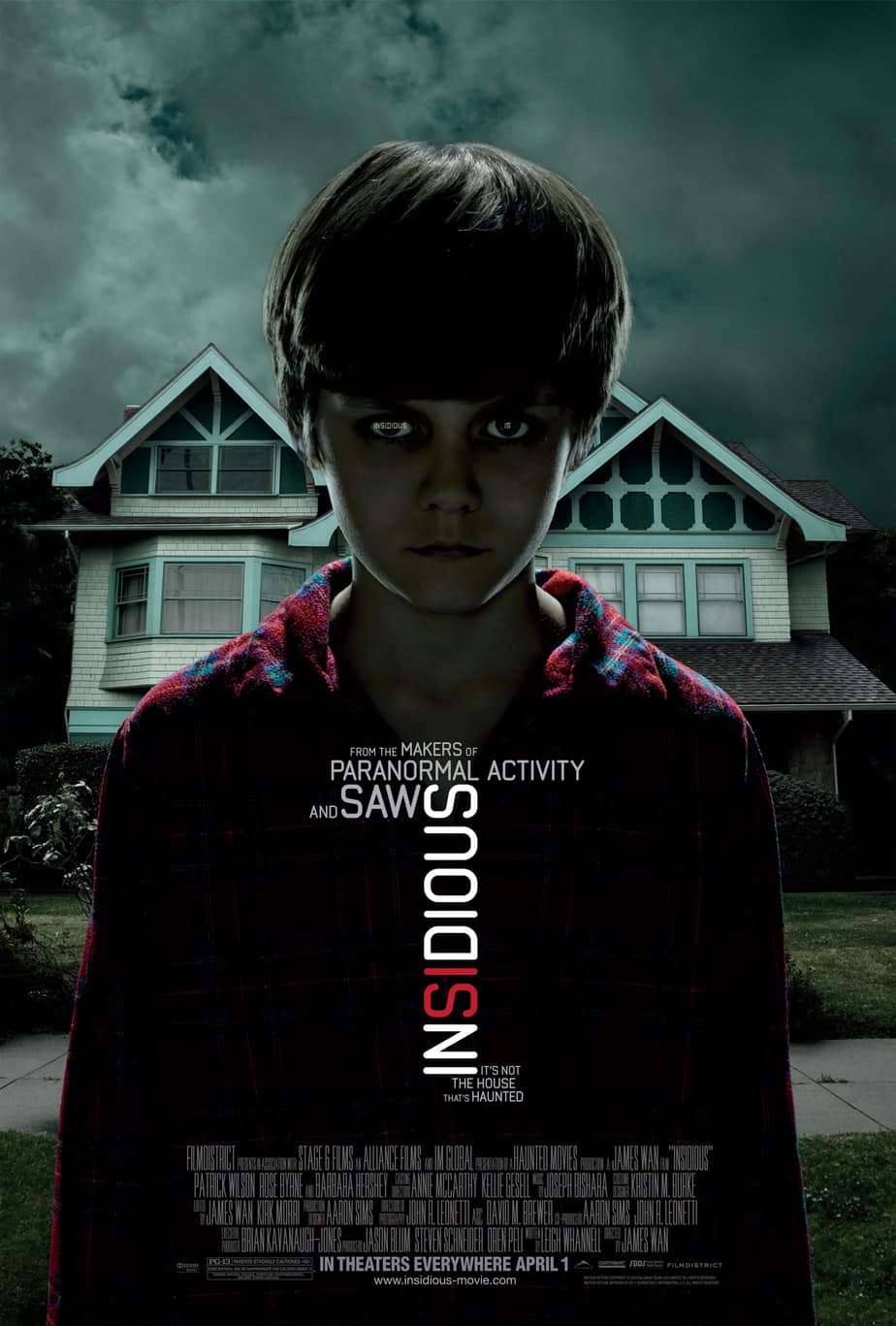
The trope in which cameras reveal what the eye cannot see is used heavily in the horror genre. The camera which can see paranormal activity is a type of magical camera, reminiscent of the fairy tale magic mirror.
For instance, in the film Insidious, a medium and her crew come to a haunted house, and by putting different ‘magical’ filters on the camera they are able to see scary, ghostly creatures hovering behind the boy, getting closer and closer until finally they are right inside him, inhabiting his body.
In one shot we see a picture of the sympathetic father but through the lens of the camera we learn he has been possessed by this hideous creature:
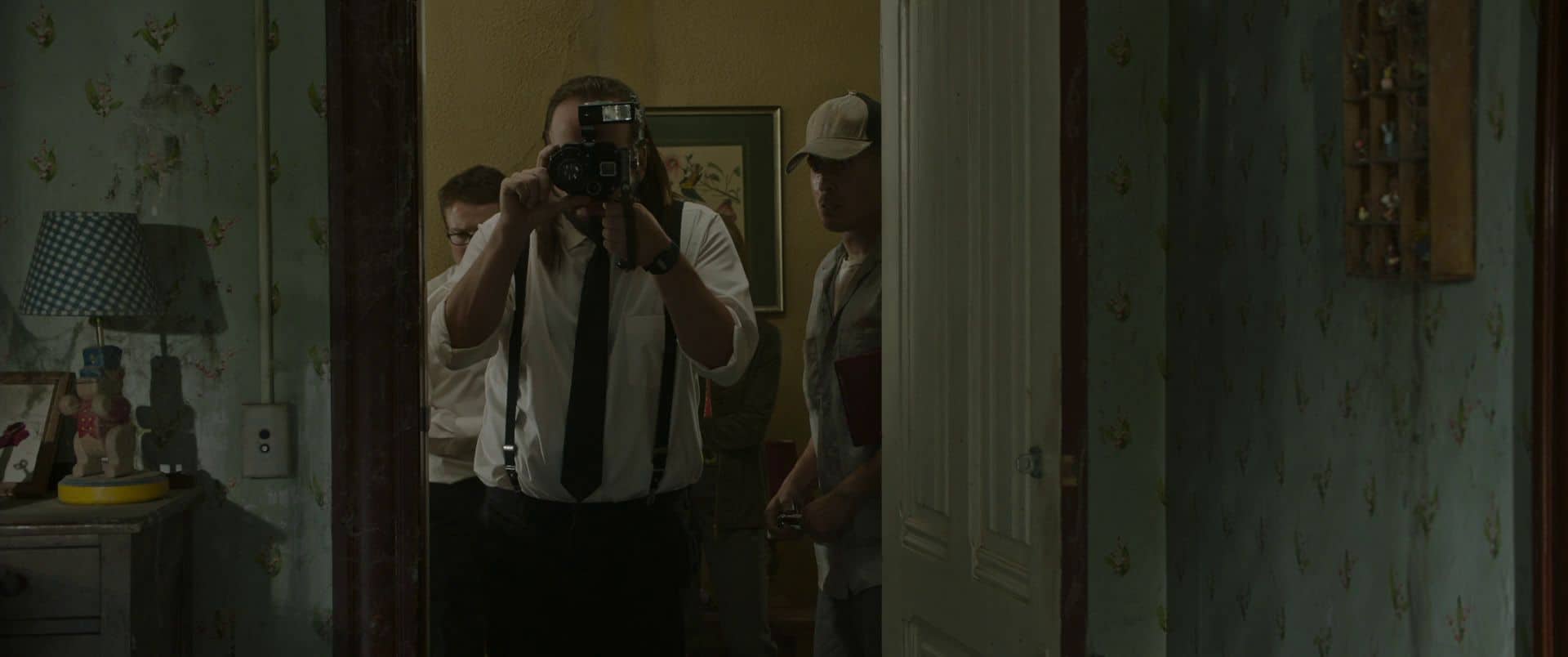
Insidious is not a particularly original horror film but it does what it does very well, making an excellent job of evoking a nightmare. Once the father is in the other world — the world we’ve been shown glimpses of via the camera in the familiar world — there is no longer any need for the camera as such, but that doesn’t mean cameras are not of influence. As he wanders around the scary mansion he finds gothic and grotesque creatures who stand (almost perfectly) still, as if their photograph has been taken and now that’s all that’s left of them.
Here he examines a woman who stands completely still in the middle of ironing in a 1950s version of his living room, except when she blinks and scares the living daylights of both him and the audience.
CAMERA AS BOOKEND NARRATIVE
Though The Blair Witch Project is also a horror, it uses the camera differently. This film tells the story of characters who have been killed. We know at the beginning of the story that the characters are dead, which adds suspense and intrigue from the start. This lets us sit through the slightly unpleasant and somewhat boring experience of watching unedited footage as three film students pack for a hike in the woods, asking each other about film and equipment etc. The ‘unfound (and unedited) footage’ story provides the narrative reason why anyone knows what happened.
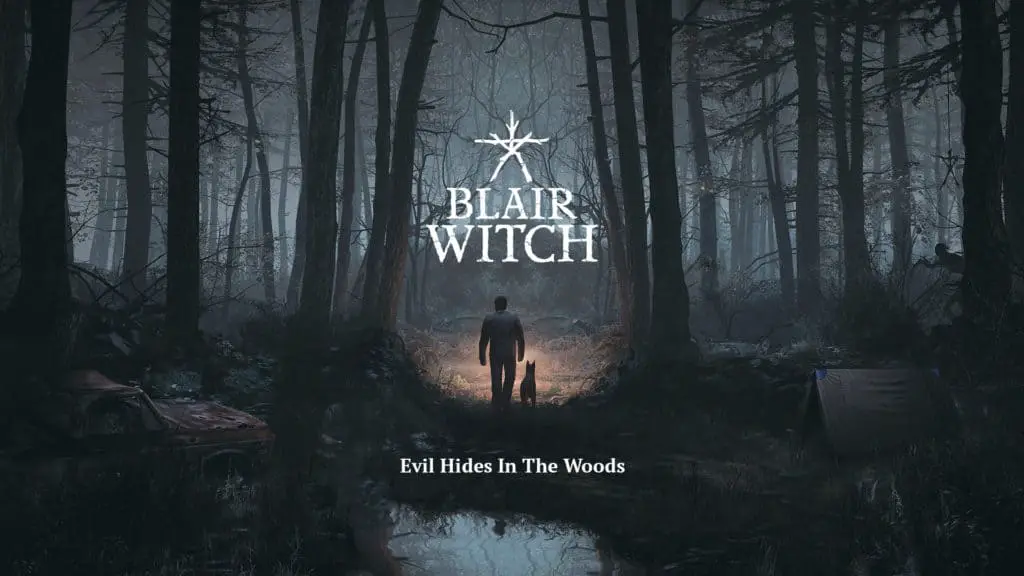
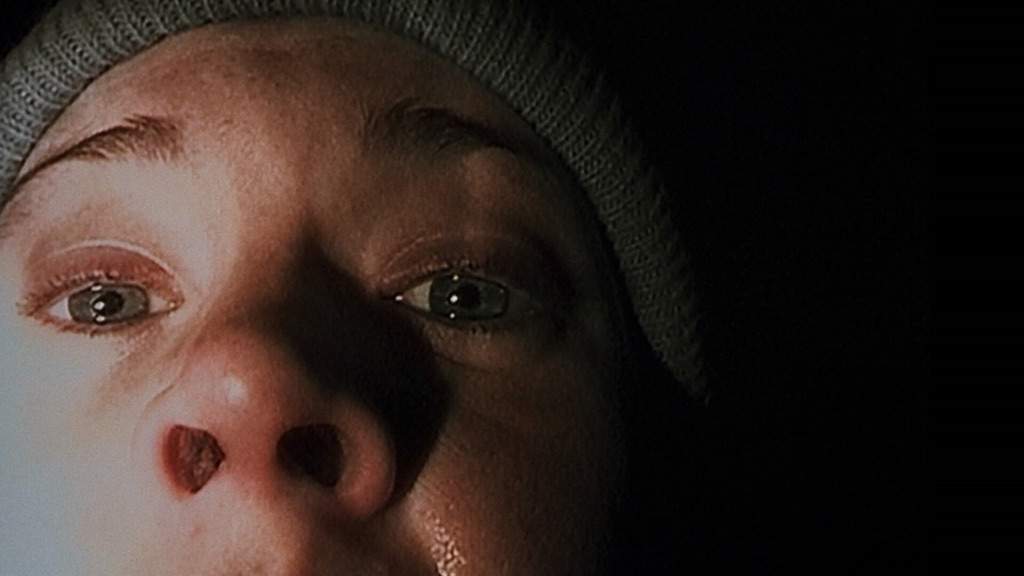
The Blair Witch Project is the archetypal example of the In-Universe Camera trope.
